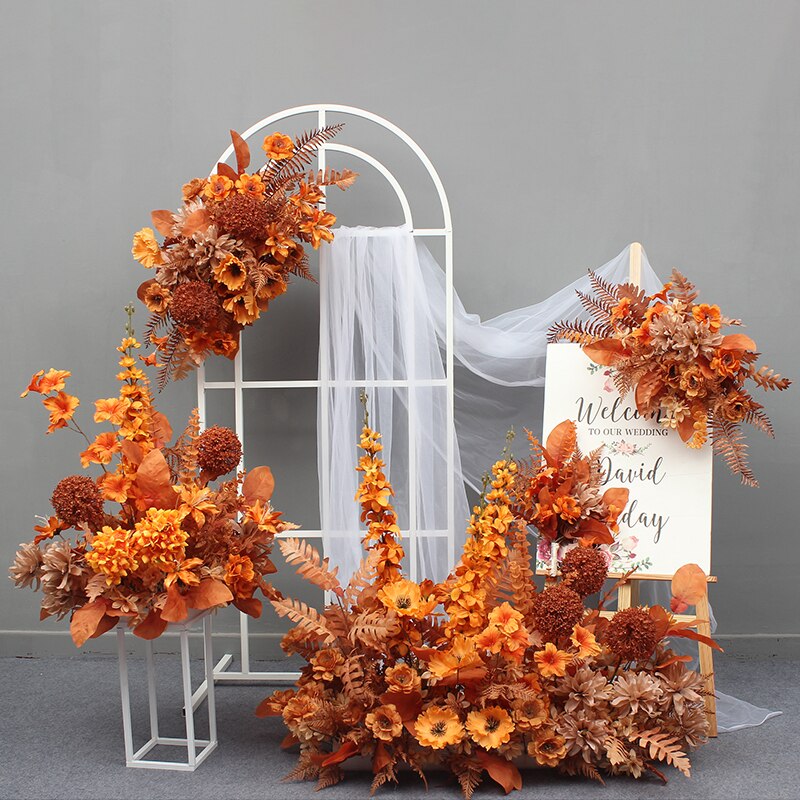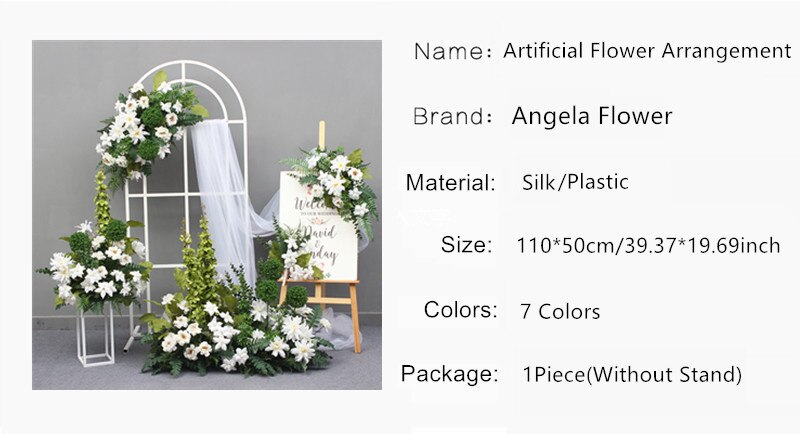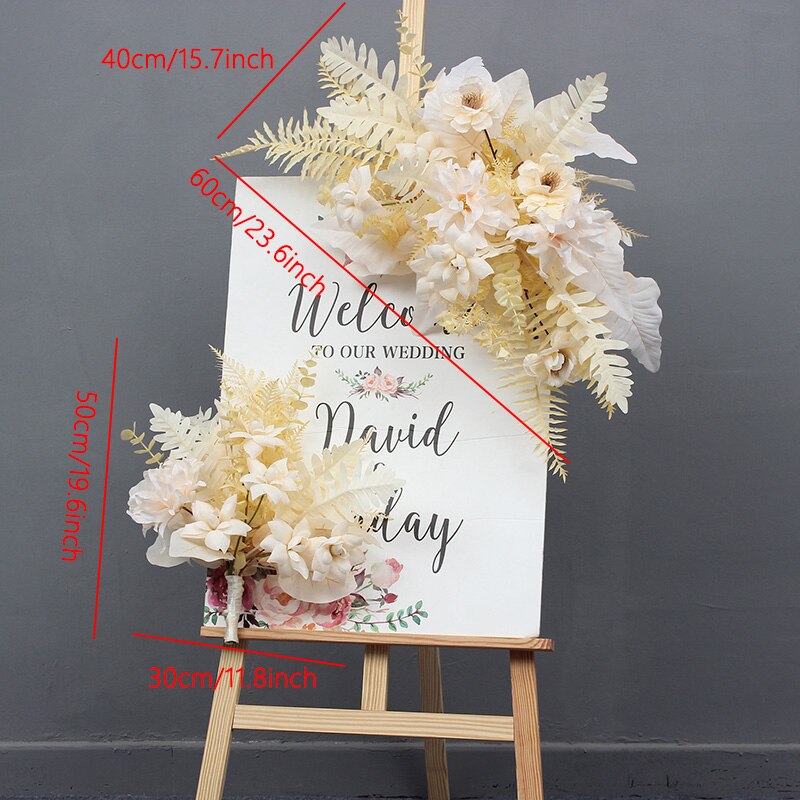What is the flower that is blue and white?
One example of a flower that is blue and white is the Forget-Me-Not (Myosotis). This small, delicate flower has five petals and is typically blue with a yellow center, although there are also white varieties. It is known for its vibrant blue color and is often associated with remembrance and true love. Forget-Me-Nots are commonly found in temperate regions and are popular in gardens and floral arrangements.
1、 Delphinium: Blue and white flower with tall spikes.
Delphinium is the flower that is blue and white. Delphiniums are known for their tall spikes of vibrant blue and white flowers, making them a popular choice for gardens and floral arrangements. These stunning flowers are native to the Northern Hemisphere and are commonly found in Europe, North America, and Asia.
Delphiniums belong to the buttercup family, Ranunculaceae, and are known for their distinctive shape and color. The flowers are composed of multiple petals that form a spur-like structure, resembling the shape of a dolphin's nose, hence the name "Delphinium." The flowers can range in shades of blue, from pale sky blue to deep indigo, and are often accented with white or contrasting darker shades.
In addition to their beauty, Delphiniums also hold symbolic meanings. They are often associated with grace, dignity, and a sense of lightness. These flowers are commonly used in floral arrangements for special occasions such as weddings and anniversaries, adding an elegant touch to any setting.
It is worth noting that while Delphiniums are primarily blue and white, there are also other color variations available, including pink, purple, and even yellow. Breeders have developed hybrid varieties that offer a wider range of colors, allowing for more creative and diverse floral displays.
In conclusion, Delphiniums are the blue and white flowers known for their tall spikes and graceful appearance. Whether used in gardens or floral arrangements, these flowers bring a touch of elegance and beauty to any setting.

2、 Hydrangea: Flower clusters that can be blue or white.
Hydrangea: Flower clusters that can be blue or white.
Hydrangeas are a popular flowering plant known for their large, showy flower clusters. One of the most distinctive features of hydrangeas is their ability to produce flowers that can be either blue or white, depending on the soil pH.
The color of hydrangea flowers is determined by the presence of aluminum ions in the soil. In acidic soil, aluminum ions are readily available, which allows the plant to produce blue flowers. On the other hand, in alkaline soil, aluminum ions are not easily accessible, resulting in the production of white flowers.
However, it is important to note that not all hydrangea varieties can change color. The ability to produce blue or white flowers is specific to certain cultivars, such as Hydrangea macrophylla. Other hydrangea species, such as Hydrangea arborescens or Hydrangea paniculata, typically produce white flowers regardless of the soil pH.
In recent years, there has been a growing interest in manipulating the color of hydrangea flowers. Gardeners have experimented with various techniques, such as adding aluminum sulfate to the soil to enhance the blue color or applying lime to make the flowers turn pink. These methods can be effective, but they require careful monitoring of soil pH and regular maintenance.
In addition to their color-changing ability, hydrangeas are also valued for their lush foliage and long-lasting blooms. They are commonly used in landscaping and floral arrangements, adding a touch of elegance and charm to any setting.
Overall, hydrangeas are a versatile and beautiful flowering plant, offering a range of colors and varieties to suit different tastes and preferences. Whether you prefer blue or white flowers, hydrangeas are sure to make a stunning addition to any garden or floral display.

3、 Forget-me-not: Small blue and white flowers with yellow centers.
The flower that is blue and white is the Forget-me-not. These delicate flowers are known for their small size and beautiful color combination of blue and white, often with yellow centers. Forget-me-nots belong to the genus Myosotis and are native to Europe, but they can now be found in various parts of the world.
The name "Forget-me-not" holds a sentimental meaning, as it suggests the idea of remembrance and not being forgotten. Legend has it that a medieval knight was picking these flowers for his lover by the riverbank when he fell into the water and shouted, "Forget me not!" as he threw the bouquet to her. Since then, the flower has been associated with everlasting love and remembrance.
Forget-me-nots are often used in gardens and floral arrangements due to their charming appearance. They are also a favorite among pollinators, attracting bees and butterflies with their vibrant colors and sweet nectar. These flowers typically bloom in the spring and early summer, adding a touch of beauty to any landscape.
In recent years, there has been a growing interest in preserving and protecting native plant species, including the Forget-me-not. Conservation efforts have focused on maintaining the natural habitats where these flowers thrive and raising awareness about their importance in supporting biodiversity.
Overall, the Forget-me-not remains a beloved flower, cherished for its enchanting blue and white petals and its symbolic meaning of everlasting love and remembrance.

4、 Morning glory: Trumpet-shaped flowers in various shades of blue and white.
Morning glory is a flower that is known for its beautiful trumpet-shaped blooms in various shades of blue and white. These vibrant flowers are a popular choice among gardeners and flower enthusiasts due to their striking colors and delicate appearance.
Morning glory flowers typically have a deep blue or purple hue, often with a white or lighter-colored center. The combination of blue and white creates a stunning contrast that adds a touch of elegance to any garden or floral arrangement. The flowers are usually around 2-3 inches in diameter and have a distinct trumpet-like shape, with the petals forming a flared tube.
In addition to their aesthetic appeal, morning glory flowers also have a rich symbolism. They are often associated with love, affection, and the beauty of nature. The name "morning glory" itself suggests the flower's tendency to bloom in the morning and close in the afternoon, adding a sense of ephemeral beauty to their allure.
It is worth noting that while morning glory flowers are predominantly blue and white, there are also other color variations available, including pink, red, and even multicolored blooms. These variations have been developed through selective breeding and hybridization, allowing for a wider range of options for those who appreciate the beauty of morning glory flowers.
In conclusion, morning glory is the flower that is blue and white, known for its trumpet-shaped blooms in various shades of blue and white. Its vibrant colors, delicate appearance, and rich symbolism make it a popular choice among gardeners and flower enthusiasts alike.









































Leave your comment